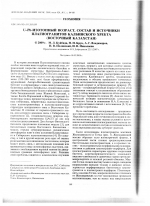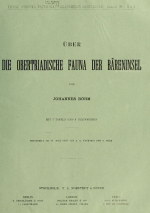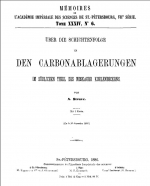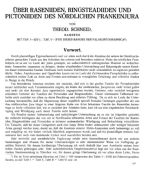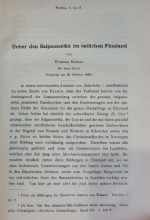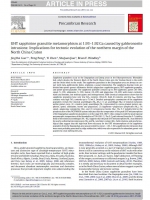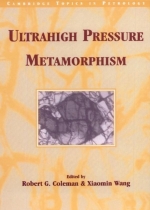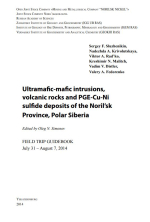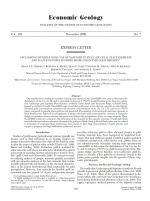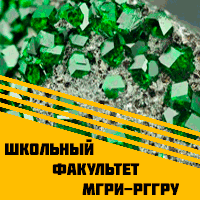Вскрытие невидимого золота: использование наноразмеров для оценки содержания золота, микроэлементов и изотопов серы в пирите из золоторудных месторождений типа Карлин
One-hundred-nm-resolution secondary ionizing mass spectrometry (nanoSIMS) was used to determine the distribution of Au, Cu, As, Sb, and S, and stable isotopes of S (34S/32S) in gold-bearing pyrite from two refractory Carlin-type gold deposits: West Banshee, northern Carlin Trend, and Turquoise Ridge, Getchell Trend, located in northern Nevada. NanoSIMS maps reveal that gold occurs in two discrete episodes in each deposit. Elevated gold concentrations correlate with elevated concentrations of As, Sb, Cu ± Te, and lower 34S/32S ratios, compared to periods when gold was not deposited. Precipitation of elevated gold and trace elements at West Banshee was followed by precipitation of pyrite with lower gold concentrations, whereas at Turquoise Ridge precipitation of trace element-rich pyrite was followed by precipitation of late ore-stage minerals. These NanoSIMS results are consistent with formation of the deposits by the episodic incursion of gold-rich fluids into hydrothermal systems otherwise dominated by gold-poor fluids. Such gold-rich fluid pulses may be related to incursions of magmatic fluid, which have been shown to have high concentrations of gold, arsenic, and copper in porphyry and high-sulfidation epithermal systems.


